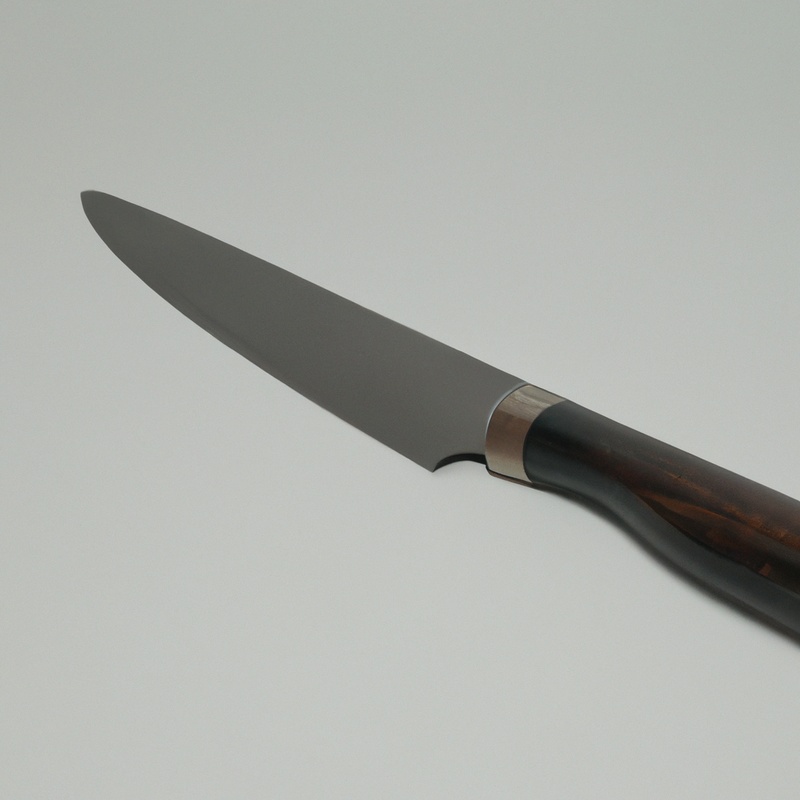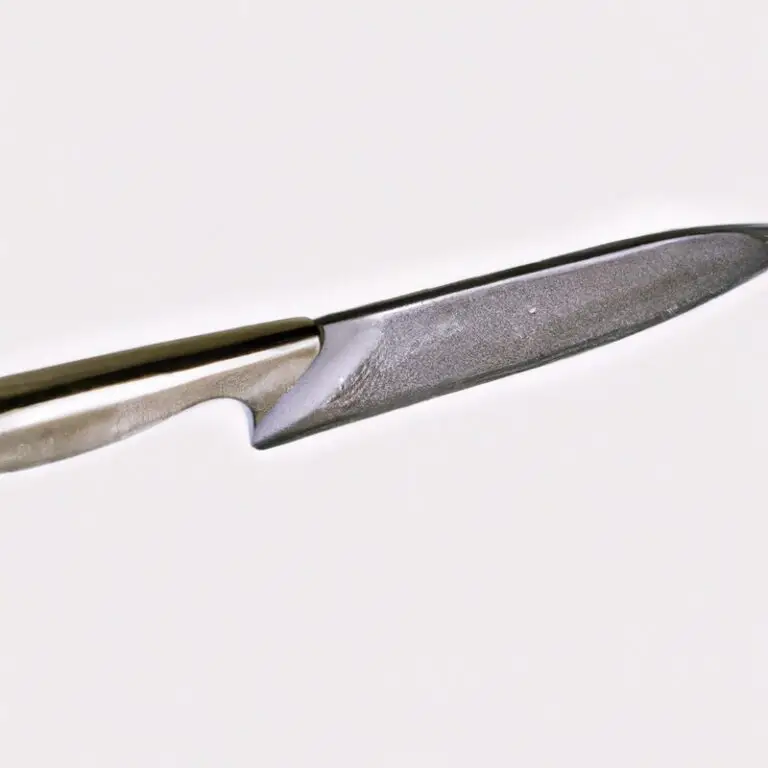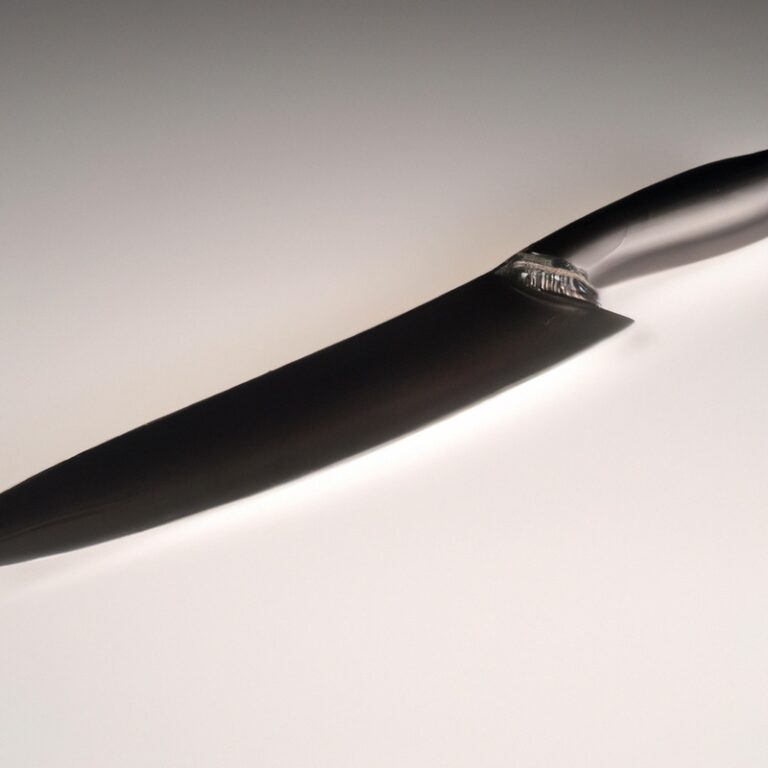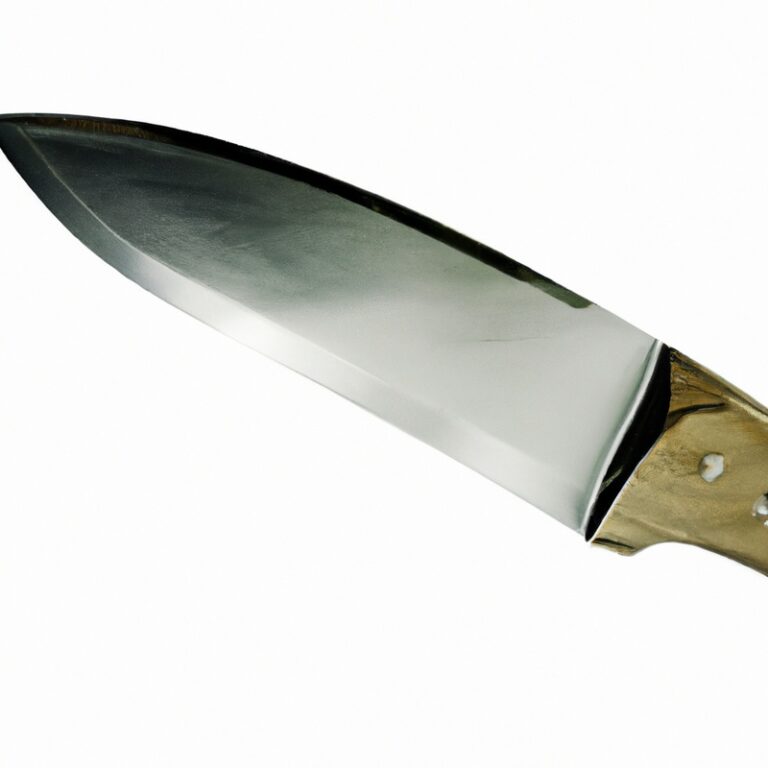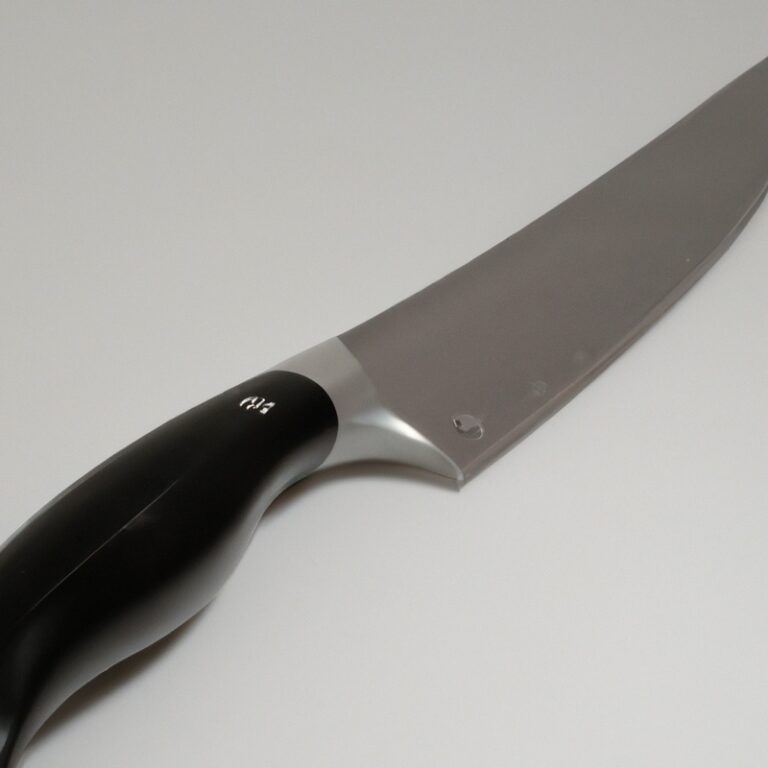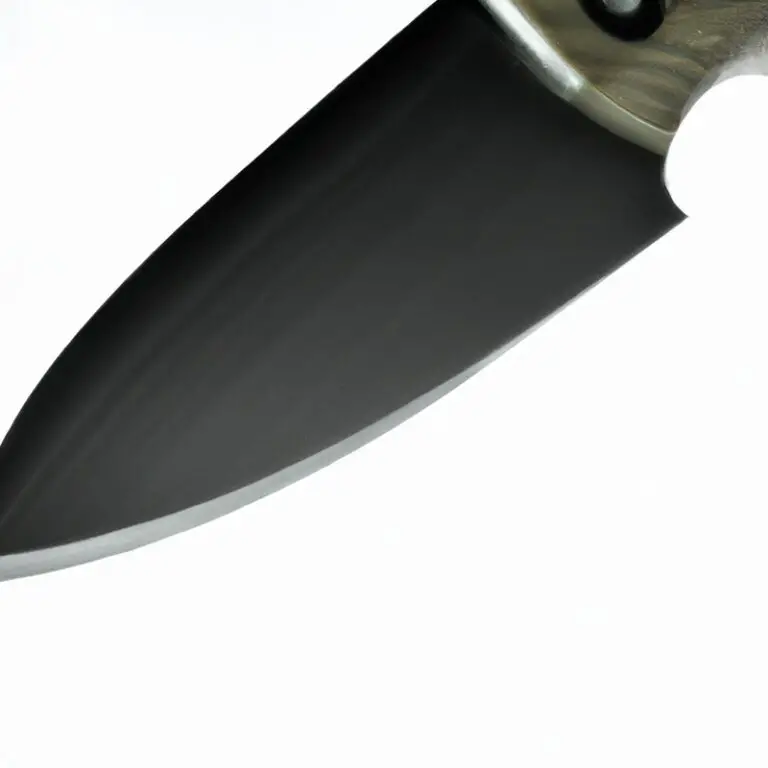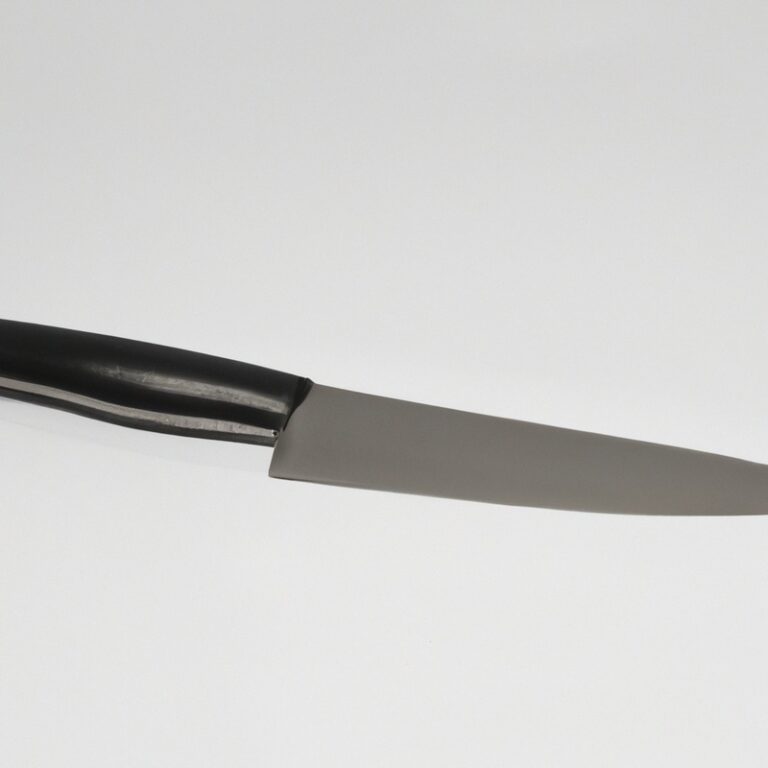What Are The Properties Of Stainless Tool Steel For Knives?
Key Takeaways:
- Stainless tool steel for knives offers excellent corrosion resistance.
- It provides high hardness and wear resistance for extended knife sharpness.
- Stainless tool steel for knives can withstand high temperatures without losing strength.
- It offers good machinability, making it easier to shape and form into knife blades.
Are you tired of your knives losing their sharpness and rusting away?
Well, look no further.
In this article, I’ll unravel the mysterious world of stainless tool steel for knives.
As an expert on the subject, I’ll explain the remarkable properties that make stainless tool steel the ideal material for crafting durable and high-performing blades.
We’ll dive into the corrosion resistance, hardness, toughness, and wear resistance that sets stainless tool steel apart from the rest.
Along the way, we’ll also explore different types of stainless tool steel and factors to consider when choosing the right one for your needs.
Stick around for some insightful maintenance tips too.
Say goodbye to dull, rusty knives and get ready to equip yourself with the knowledge you need to make the best choice for your culinary adventures!
| Property | Description |
|---|---|
| Hardness | Stainless tool steel for knives is known for its high hardness, which allows it to retain a sharp edge for a longer time. |
| Corrosion Resistance | Stainless tool steel possesses excellent corrosion resistance, making it resistant to rust and staining. |
| Toughness | It exhibits good toughness, thereby enhancing its ability to withstand impact and prevent chipping. |
| Wear Resistance | Stainless tool steel is highly resistant to wear, which ensures that the knife maintains its sharpness even during heavy use. |
| Ease of Sharpening | It can be sharpened relatively easily, allowing users to maintain a sharp cutting edge with minimal effort. |
Properties of stainless tool steel for knives
Corrosion resistance
Corrosion resistance is a key property of stainless tool steel for knives. It refers to the material’s ability to withstand the damaging effects of moisture and exposure to various corrosive agents like acids.
Stainless tool steel is specifically designed to be highly resistant to corrosion, making it ideal for use in knives that are frequently exposed to water or other liquids.
This resistance helps prevent rust, staining, and deterioration, ensuring the longevity and performance of the knife. Additionally, it reduces the need for frequent maintenance and allows the knife to maintain its appearance over time.
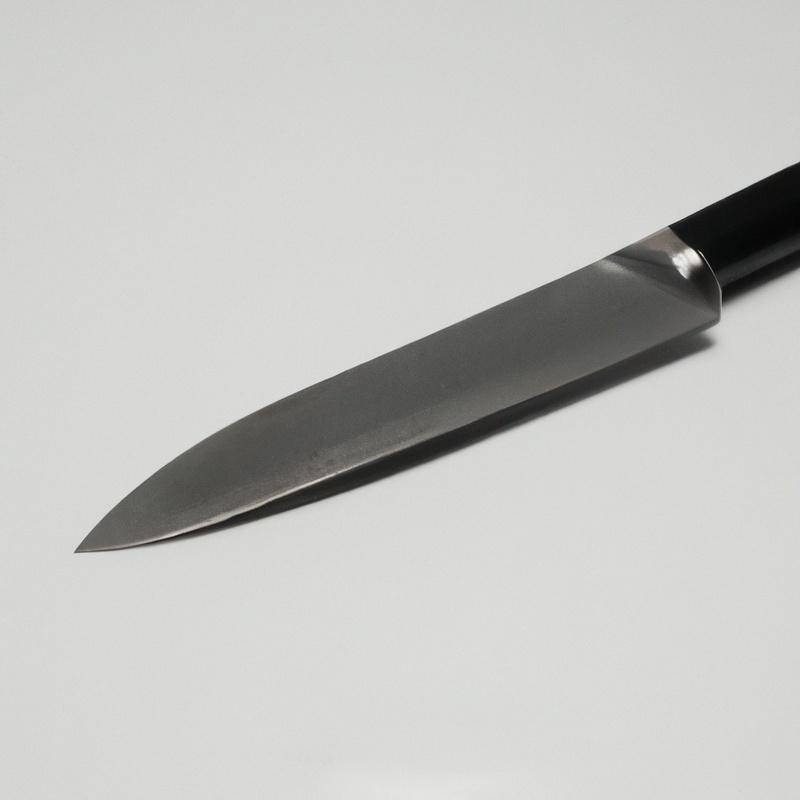
Hardness and edge retention
In stainless tool steel, hardness and edge retention are significant factors in determining the knife’s performance. The hardness of the steel refers to its ability to resist deformation and maintain its shape, while edge retention refers to how well the blade holds its sharpness.
Stainless tool steel, such as 440C or VG-10, is known for its high hardness, which allows the knife to maintain a sharp edge for longer periods.
This means less frequent sharpening and more efficient cutting. So, when choosing a stainless tool steel knife, consider the hardness and edge retention to ensure long-lasting performance.
Toughness and durability
Toughness and durability are two important properties of stainless tool steel for knives.
Toughness refers to the ability of the steel to withstand impacts and handle heavy use without breaking or chipping.
It ensures that the knife can withstand tough tasks like chopping through bones or hard vegetables.
Durability, on the other hand, relates to the overall lifespan of the knife.
A durable steel will resist wear and corrosion, allowing the knife to maintain its sharpness and functionality over time.
When choosing a stainless tool steel for a knife, it’s important to consider these properties to ensure that it can handle the demands of your intended use.
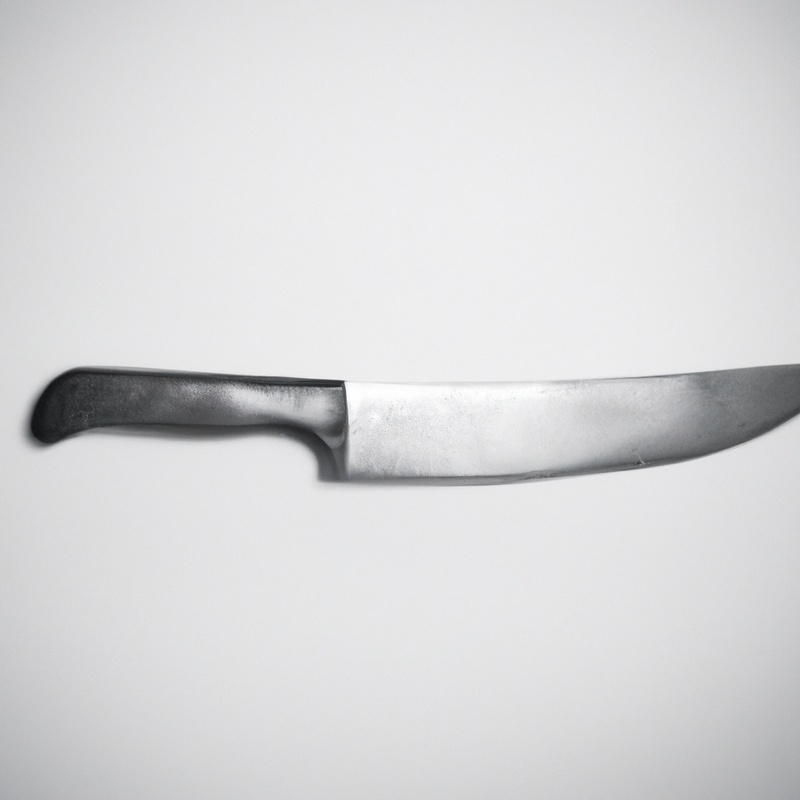
Wear resistance
Wear resistance is a key property to consider when choosing stainless tool steel for knives. It refers to the ability of the steel to withstand wear and maintain its sharpness over time.
High wear resistance means the knife will retain its cutting edge for longer, resulting in improved longevity and consistent performance.
By selecting a stainless tool steel with excellent wear resistance, you can ensure that your knife stays sharp and efficient, even with frequent use.
Types of stainless tool steel for knives
Austenitic stainless steel
Austenitic stainless steel is a popular type of tool steel used for knives. It is known for its excellent corrosion resistance, making it suitable for use in wet or humid environments.
Austenitic stainless steel also has good toughness, which means it can withstand heavy use without chipping or breaking.
Additionally, this type of steel is relatively easy to sharpen and maintain. Some common grades of austenitic stainless steel used for knives include 304 and 316.
It’s worth considering if you want a knife that can handle moisture and is easy to maintain.
Martensitic stainless steel
Martensitic stainless steel is a type of stainless tool steel commonly used for knives. It is known for its excellent hardness and edge retention, making it ideal for cutting tasks.
This steel also offers good wear resistance, ensuring that the blade retains its sharpness for longer periods.
However, one thing to note about martensitic stainless steel is its lower corrosion resistance compared to other stainless steel types. It is important to properly clean and dry the knife after use to prevent any rust formation.
With proper care and maintenance, a knife made from martensitic stainless steel can be a reliable tool in your kitchen or outdoor adventures.
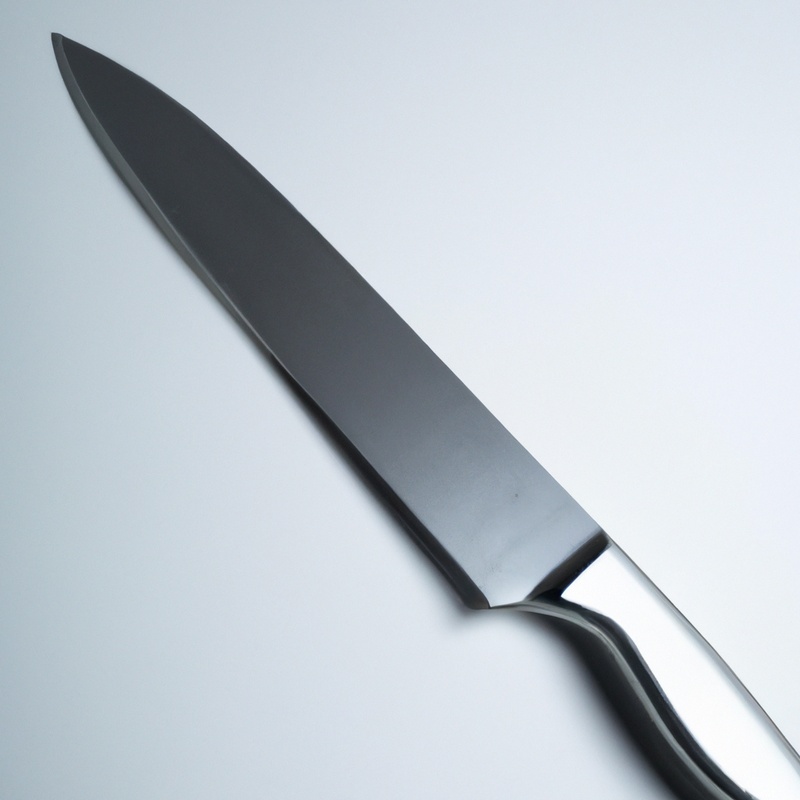
Ferritic stainless steel
Ferritic stainless steel is one of the types of stainless tool steel for knives. It is known for its excellent corrosion resistance and is highly resistant to oxidation, making it ideal for kitchen knives.
Ferritic stainless steel has a low carbon content, which gives it good toughness and ease of sharpening.
It is also magnetic, which can be beneficial for certain knife applications. However, it is important to note that ferritic stainless steel may not have the same level of hardness and edge retention as other types of stainless steels.
Factors to consider when choosing stainless tool steel for knives
Purpose of the knife
The purpose of a knife is an important factor to consider when choosing stainless tool steel.
Different knives have different purposes, and the steel chosen should align with those purposes.
For example, if you need a knife for everyday tasks like slicing fruits and vegetables, a stainless tool steel with good corrosion resistance and sharpness retention would be ideal.
On the other hand, if you need a knife for heavy-duty tasks like hunting or survival, a steel with high hardness and durability would be more suitable.
The purpose of the knife determines the specific properties you should look for in the stainless tool steel.
Budget
When considering the budget for stainless tool steel knives, it’s important to find a balance between quality and cost. Higher-end stainless tool steel can be more expensive, but it often offers better performance and durability.
However, there are also budget-friendly options available that can still provide satisfactory results.
It’s essential to research and compare different steel grades and their prices to make an informed decision. Additionally, considering the intended use and frequency of knife usage can help determine how much to invest in a stainless tool steel knife.
Maintenance requirements
Maintaining stainless tool steel knives is essential to keep them in optimal condition. Here are a few maintenance requirements to consider:
- Cleaning: Regularly clean your knife after each use, especially if it has been exposed to acidic or corrosive substances. Use warm water, mild soap, and a soft cloth or sponge for cleaning.
- Drying: After cleaning, make sure to thoroughly dry the knife to prevent any moisture buildup. Moisture can lead to corrosion and damage the steel.
- Lubrication: Applying a thin layer of oil to the blade can help prevent corrosion and maintain its performance. Use food-grade mineral oil or specific knife lubricants for this purpose.
- Storage: Store your stainless tool steel knife in a sheath, knife block, or on a magnetic strip. Avoid storing it in damp or humid environments, which can accelerate corrosion.
- Sharpening: Regularly sharpen your knife to maintain its cutting edge. Different sharpening techniques can be used, such as using a sharpening stone or a honing rod.
Common stainless tool steel grades for knives
440C stainless steel
440C stainless steel is a popular stainless tool steel grade commonly used in knives. It is known for its excellent corrosion resistance, making it suitable for both indoor and outdoor use. 440C stainless steel is also prized for its exceptional hardness and edge retention, allowing knives to maintain a sharp edge even with heavy use. Additionally, it offers good toughness and durability, making it a reliable choice for various cutting tasks. With its high wear resistance, 440C stainless steel knives can withstand frequent use and are less prone to damage.
VG-10 stainless steel
VG-10 stainless steel is a popular choice for knife blades due to its excellent combination of properties. It is known for its high corrosion resistance, making it resistant to rust and staining.
Additionally, VG-10 steel has fantastic hardness and edge retention, meaning it can maintain a sharp edge for longer periods.
This steel also offers good toughness and durability, allowing it to withstand heavy use without chipping or breaking. Lastly, VG-10 stainless steel exhibits excellent wear resistance, giving it the ability to maintain its performance over time.
S30V stainless steel
S30V stainless steel is a popular choice for knife making due to its excellent combination of properties.
It offers great corrosion resistance, making it ideal for outdoor and marine applications.
S30V is also known for its exceptional hardness and edge retention, ensuring that your knife stays sharp for longer periods.
Additionally, this steel offers excellent toughness and durability, allowing it to withstand heavy use and impacts.
S30V stainless steel is highly regarded by knife enthusiasts and professionals for its overall performance.
Maintenance tips for stainless tool steel knives
Cleaning and drying
To maintain the performance and longevity of your stainless tool steel knife, proper cleaning and drying are essential.
After use, make sure to immediately wash your knife with warm, soapy water and a non-abrasive sponge.
Avoid using harsh chemicals or abrasive cleaners, as they can damage the steel.
Once clean, dry the knife thoroughly with a soft, lint-free cloth to prevent any moisture from causing corrosion.
Remember, a clean and dry knife is a happy and long-lasting knife!
Sharpening techniques
When it comes to sharpening stainless tool steel knives, there are a few techniques you can use to achieve a sharp edge. Here are some sharpening techniques to consider:
- Whetstone: Use a whetstone with a grit level appropriate for your knife. Wet the stone and maintain a consistent angle while sliding the blade across the stone in a slicing motion.
- Honing rod: A honing rod can help maintain the sharpness of your knife between sharpenings. Hold the rod upright and run the blade along the length of the rod at a consistent angle.
- Electric sharpener: An electric sharpener can be quick and convenient. Follow the manufacturer’s instructions for optimal results.
Remember to take your time and be patient when sharpening your knife. With practice and the right techniques, you can achieve a razor-sharp edge.
Final Verdict
Stainless tool steel is an exceptional choice for knife blades due to its remarkable properties. Its corrosion resistance ensures longevity, while hardness and edge retention guarantee an incredibly sharp and long-lasting edge.
The toughness and durability make it suitable for heavy-duty tasks.
Additionally, its wear resistance minimizes the need for frequent re-sharpening. When choosing stainless tool steel, consider the knife’s purpose, your budget, and maintenance requirements.
Overall, stainless tool steel is a reliable and high-quality material that will enhance your knife’s performance and lifespan.

